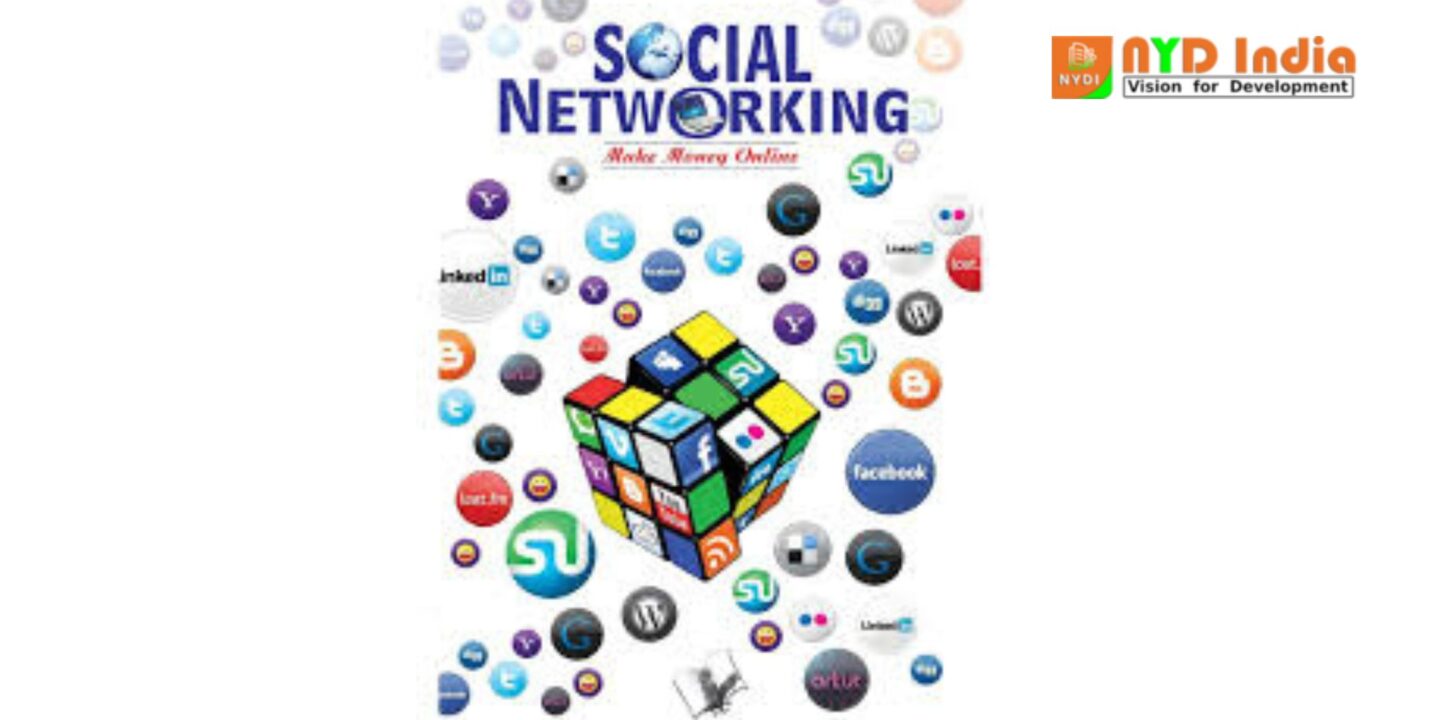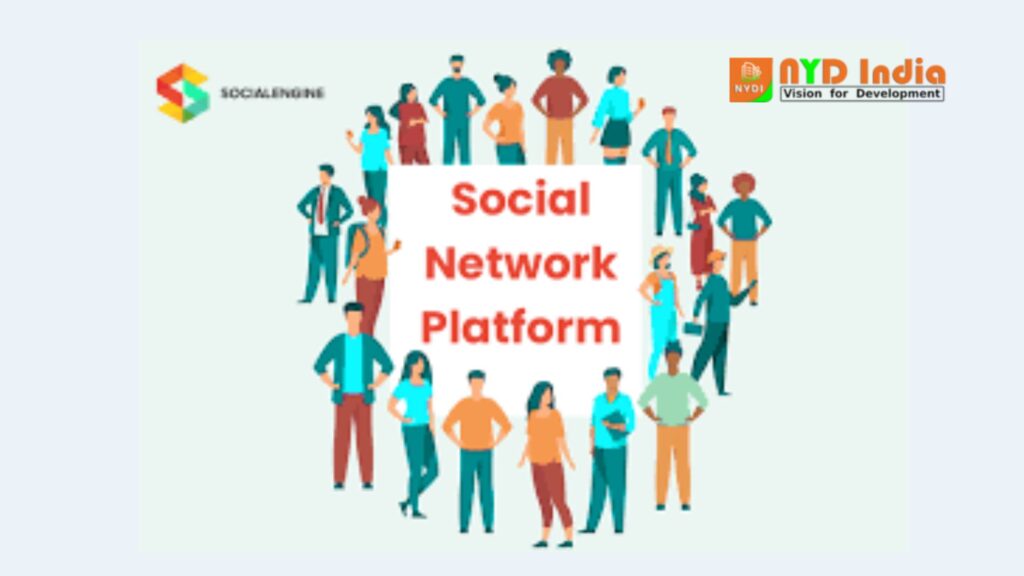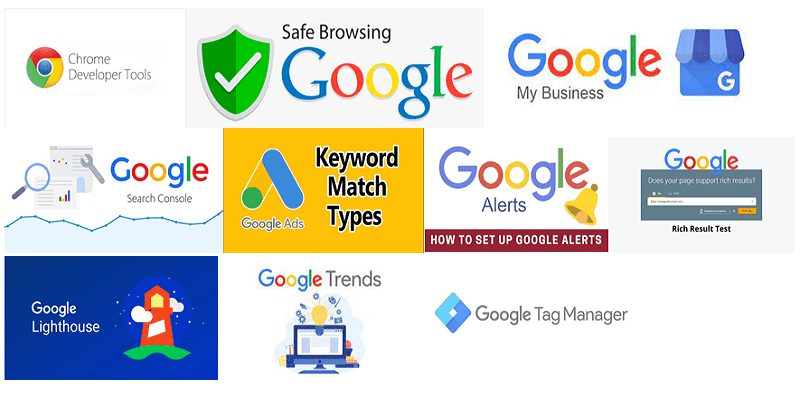
While used and enjoyed daily by much of the world’s population, social networks are also potentially dangerous. Social media addition is becoming common. People can begin to feel a sense of anxiety if they don’t check their social media accounts, or they might compulsively refresh them. Social networking posts are also highly curated; people often only post the good things that happen to them. This can cause a warped view of reality where the viewer thinks that others have better lives than they do. This leads to a fear of missing out (FOMO) on social events.
Cyberbullying occurs when someone makes social media posts with the intention of harming someone else. This can take the form of publicly posting the private information of someone or sending abusive messages. Tragically, cyberbullying has led to the suicide of some individuals. It is now a major concern in public schools. Doxing occurs when someone publicly posts someone else’s personally identifiable information, such as an address or phone number.
Privacy is a major concern for many social network users. Anything posted can become marketing data companies use for targeted advertising. Private information, such as a person’s location or even embarrassing details, can become public. Law enforcement officials can request the use of this information. Additionally, some social networks have confusing privacy settings, causing people to accidentally make information public. Since they store a lot of personal information, social networks are also susceptible to data breaches.
Censorship is another hot topic. Social networks are private companies, so content individuals post isn’t necessarily protected by governmental free speech laws, but instead is protected at the discretion of the site’s terms of service or administrators. Operators must know and monitor what is allowed on their sites. This can be challenging when it comes to divisive political issues, hate speech and calls to violence. Some say that the sites have a moral responsibility to take a hard stand against all negative speech, while others say that all speech should be allowed and that any content removal is censorship.
Misinformation can spread easily on social networks. Users are encouraged to share the latest news or discuss new topics. This can amplify rumors or hearsay. Users, organizations and even governments can intentionally share false information, sometimes while pretending to be someone else. This has caused some social networks to begin adding fact-check alerts to some posts that might contain misinformation.
Social Networking
The term “social arrange” alludes both to a person’s associations to other individuals in the genuine world and to a stage that bolsters online communication, such as Instagram, Facebook, or Twitter. The term is presently utilized more frequently in the moment sense, and the Web gives an opportunity for anybody to make an online personality, interface with companions, family, and outsiders alike, secure information, and share thoughts and data without having to be physically show. Instep, one’s nearness is spoken to on social media by shared comments, photographs, recordings, and other pictures.
Why Are Social Networks Important?
Expanding your social organize past your recognizable circle of companions can have shocking benefits, as social organizing exercises ended up financial openings, bringing new thoughts through shared data and unforeseen openings in the shape of a work, an loft, indeed a accomplice. Social systems give boundless openings to interface with others who have social, political, devout, and other interface comparative to your claim. The Web gives apparatuses for developing, overseeing, and capitalizing on those systems, permitting you to frame an beginning relationship with somebody you’ve never met in individual, who not as it were improves but may, in reality, alter the course of your life.
The Importance of Real World Connections
Offline social systems contrast in ways distant past a reliance on Web network. Individuals carry on and work together in an unexpected way, communicate in an unexpected way, and spend distinctive sums of time together when they meet offline than when they interface online.
An individual’s online social arrange does not by and large speak to their “real-life” social arrange. Whereas a expansive organize of companions and associates is conceivable on social media stages, numerous of these associations are frail ties; the sum of social bolster one has offline is likely to be more vital to one’s extreme sentiments of life fulfillment and mental well-being.
How does social networking work?
While social networks are differing in their purposes, operations and other characteristics, most share a few common characteristics:
User-generated substance. Social networks center on the substance clients make. With user-generated substance, individuals can post upgrades, photographs or recordings that others can see, like, share or comment on.
Profiles. Clients or organizations make profiles with individual data and substance they’ve shared. Most profiles are connected to genuine names, but a few stages permit anonymity.
Connections. Social systems let clients shape connections by taking after, friending or interfacing with other clients. Calculations regularly recommend modern associations based on shared interface or shared friends.
It’s critical to separate between social systems and social media. Social organizing alludes to cultivating connections and associations whereas social media emphasizes broadcasting substance to a broader group of onlookers, comparative to tradWhile social systems are different in their purposes, operations and other characteristics, most share a few common characteristics:
User-generated substance. Social networks center on the substance clients make. With user-generated substance, individuals can post overhauls, photographs or recordings that others can see, like, share or comment on.
Profiles. Clients or organizations make profiles with individual data and substance they’ve shared. Most profiles are connected to genuine names, but a few stages permit anonymity.
Connections. Social systems let clients shape connections by taking after, friending or interfacing with other clients. Calculations regularly propose modern associations based on shared interface or shared friends.
It’s imperative to separate between social systems and social media. Social organizing alludes to cultivating connections and associations whereas social media emphasizes broadcasting substance to a broader gathering of people, comparative to conventional mass media.itional mass media.
What are social networks?

While social networks are different in their purposes, operations and other characteristics, most share a few common characteristics:
User-generated substance. Social systems center on the substance clients make. With user-generated substance, individuals can post overhauls, photographs or recordings that others can see, like, share or comment on.
Profiles. Clients or organizations make profiles with individual data and substance they’ve shared. Most profiles are connected to genuine names, but a few stages permit anonymity.
Connections. Social systems let clients shape connections by taking after, friending or interfacing with other clients. Calculations regularly propose unused associations based on shared interface or shared friends.
It’s vital to separate between social systems and social media. Social organizing alludes to cultivating connections and associations whereas social media emphasizes broadcasting substance to a broader group of onlookers, comparative to tradWhile social systems are different in their purposes, operations and other characteristics, most share a few common characteristics:
User-generated substance. Social systems center on the substance clients make. With user-generated substance, individuals can post upgrades, photographs or recordings that others can see, like, share or comment on.
Profiles. Clients or organizations make profiles with individual data and substance they’ve shared. Most profiles are connected to genuine names, but a few stages permit anonymity.
Connections. Social systems let clients frame connections by taking after, friending or interfacing with other clients. Calculations frequently propose unused associations based on shared interface or shared friends.
It’s imperative to separate between social systems and social media. Social organizing alludes to cultivating connections and associations whereas social media emphasizes broadcasting substance to a broader gathering of people, comparable to conventional mass media.itional mass media.
What is the purpose of social networking?
Social networking serves a few key purposes:
Sharing. Social systems permit geologically scattered companions and families to remain associated by sharing overhauls, photographs and videos.
Learning. Clients can get real-time news, investigate trending points and keep up with community developments.
Interacting. Online stages break time and remove obstructions through real-time communication by means of content, sound or video chat (e.g., WhatsApp, Instagram Live).
Marketing. Businesses utilize social systems to construct brand mindfulness, hold clients, and advance items or services.
What are the different types of social networking?
Social connections. These systems permit individuals to remain associated with companions, family and associates. Illustrations incorporate Facebook and Instagram.
Professional associations. These stages, such as LinkedIn and Microsoft Viva, encourage organizing among experts and offer assistance businesses select talent.
Multimedia sharing. Stages like YouTube and TikTok center on sharing recordings and other media content.
News or data. These stages let clients share and examine news or how-to data. Cases incorporate Reddit and Stack Overflow.
Communication. Stages like WhatsApp,Snapchat and WeChat empower one-to-one or bunch communication with a center on chat and messaging.
Education. Stages like Google Classroom and LinkedIn Learning offer instruments for inaccessible learning and collaboration.
What are the advantages and disadvantages of social networking?
Social networking gives noteworthy social benefits, however it can too make individuals more helpless to the spread of deception, as well as protection and security dangers. Here is a outline of the aces and cons:
Brand mindfulness. Companies can utilize social organizing to reach potential clients and advance their items or services.
Global reach. Social organizing eradicates physical boundaries, permitting for moment communication.
Audience advancement. Businesses and people can develop worldwide followings.
More site activity. Companies can utilize social organizing to drive activity to their websites through shared joins and content.
Misinformation. Wrong data can spread rapidly, causing perplexity and vulnerability or more awful, driving individuals to act on inaccurate or one-sided thoughts or data.
Impact of negative surveys. Clients can be speedy to criticize a company or its items and administrations, whether their complaints are reasonable or indeed genuine. A single negative audit on a huge stage can harm a company’s reputation.
Data security and security. Social systems are helpless to information breaches that can uncover client information.
Burdensome time prerequisites. Making and overseeing social media substance requests impressive time and exertion, especially for little businesses.
Social networks in business
Social networking gives businesses with uncommon openings to lock in with clients, accumulate input, and conduct showcase investigate. Universally, the normal individual spends over two hours every day on social media, making it a profitable device for promoting and client engagement.
Social systems have changed into profoundly productive businesses. Meta Stages Inc. (once Facebook) has a showcase capitalization of about $300 billion, creating most of its income from focused on publicizing. Businesses utilize social systems to target particular groups of onlookers with promotions based on their browsing propensities, likes and connections.
Many organizations are moreover creating inner social systems for representatives to cultivate engagement and collaboration. These systems are getting to be vital for groups working remotely or over topographically scattered locations.
Examples of social networking platforms

Virtually all set up organizations publicize on social organizing these days. Here are four illustrations of social organizing websites:
Yelp. A social organize where clients audit eateries, salons and other businesses based on their individual experiences.
Pinterest. A bookmarking stage where clients can clergyman and organize photographs and joins on particular subjects of interest.
Rover. A social organize for pet proprietors, empowering them to interface with pet sitters and puppy walkers.
Airbnb. A social organize for travelers, permitting clients to book remains in one of a kind properties worldwide.
What are the top 10 social networking sites?

Facebook (Meta) — 3.07 billion clients. Facebook clients make profiles, share data, send messages and post status overhauls on their walls.
WhatsApp — 2.96 billion worldwide clients. This free moment informing app lets clients send content messages, make video and voice calls, and share documents.
YouTube — 2.5 billion month to month dynamic clients. This well known video-sharing site empowers clients to share, transfer and post recordings and vlogs.
Instagram –– 2 billion month to month dynamic clients. This free social media stage bolsters sharing long- and short-form recordings and photographs. It is essentially outlined for iOS and Android smartphone clients, but a desktop adaptation is available.
TikTok — 1.6 billion clients. This app is utilized for sharing and making personalized brief recordings. TikTok caters to a more youthful gathering of people and is well known for being a exuberant, fun-to-use platform.
Reddit — 1.2 billion clients. Reddit offers gatherings and subforums (called subreddits) on numerous themes, counting sports, breaking news and innovation. Clients can comment on each other’s posts and share news and content.
Snapchat — 800 million every day dynamic clients. Clients send pictures or recordings called snaps to companions. These snaps disappear after they have been viewed.
X — 540 million clients. This stage lets clients share their contemplations and conclusions by posting brief messages, known as tweets, constrained (with a few exemptions) to 280 characters.
Pinterest — 522 million month to month dynamic clients. The location bolsters sparing and organizing joins to favorite online assets and goals through tagging.
LinkedIn — 310 million clients. This location is situated to proficient organizing. It interfaces clients with managers, workers and other experts.
Controversies in social networks
Whereas utilized and delighted in every day by much of the world’s populace, social systems are too possibly unsafe. Social media expansion is getting to be common. Individuals can start to feel a sense of uneasiness if they do not check their social media accounts, or they might compulsively revive them. Social organizing posts are too profoundly curated; individuals frequently as it were post the great things that happen to them. This can cause a twisted see of reality where the watcher considers that others have superior lives than they do. This leads to a fear of lost out (FOMO) on social events.
Cyberbullying happens when somebody makes social media posts with the deliberate of hurting somebody else. This can take the frame of freely posting the private data of somebody or sending damaging messages. Appallingly, cyberbullying has driven to the suicide of a few people. It is presently a major concern in open schools. Doxing happens when somebody freely posts somebody else’s by and by identifiable data, such as an address or phone number.
Privacy is a major concern for numerous social arrange clients. Anything posted can ended up promoting information companies utilize for focused on promoting. Private data, such as a person’s area or indeed humiliating points of interest, can ended up open. Law authorization authorities can ask the utilize of this data. Furthermore, a few social systems have befuddling protection settings, causing individuals to incidentally make data open. Since they store a parcel of individual data, social systems are moreover vulnerable to information breaches.
Censorship is another hot theme. Social systems are private companies, so substance people post isn’t essentially secured by administrative free discourse laws, but instep is secured at the caution of the site’s terms of benefit or chairmen. Administrators must know and screen what is permitted on their locales. This can be challenging when it comes to divisive political issues, despise discourse and calls to viciousness. A few say that the destinations have a ethical duty to take a difficult stand against all negative discourse, whereas others say that all discourse ought to be permitted and that any substance expulsion is censorship.
Misinformation can spread effortlessly on social systems. Clients are empowered to share the most recent news or talk about modern points. This can intensify rumors or noise. Clients, organizations and indeed governments can intentioned share wrong data, some of the time whereas imagining to be somebody else. This has caused a few social systems to start including fact-check alarms to a few posts that might contain misinformation.












